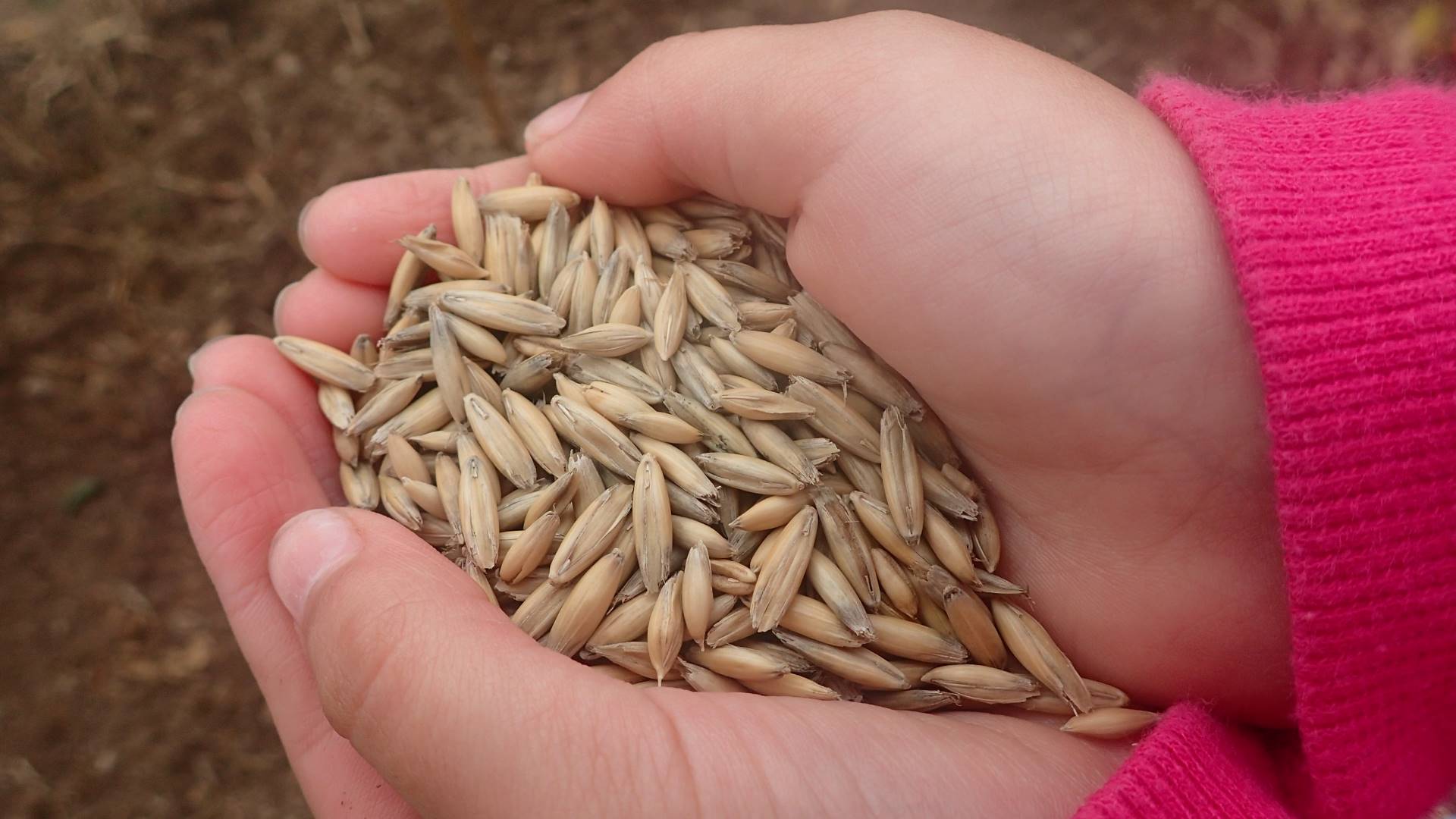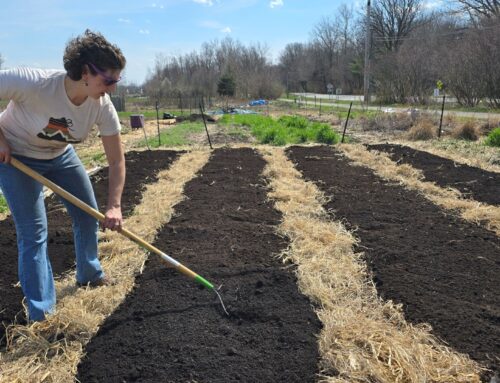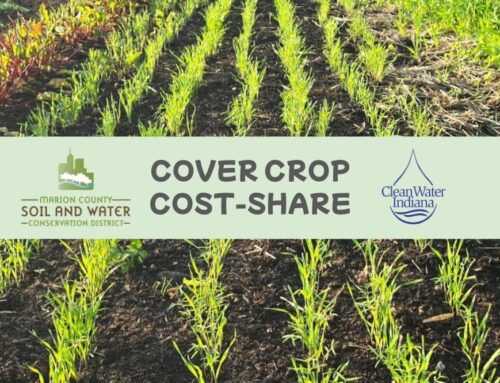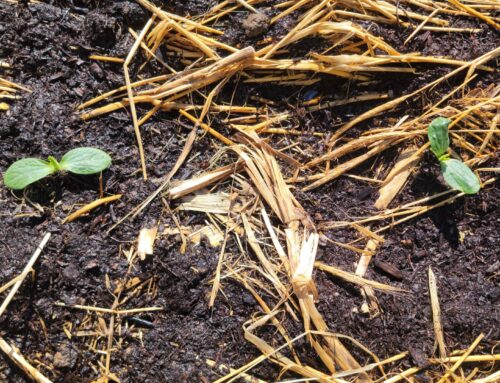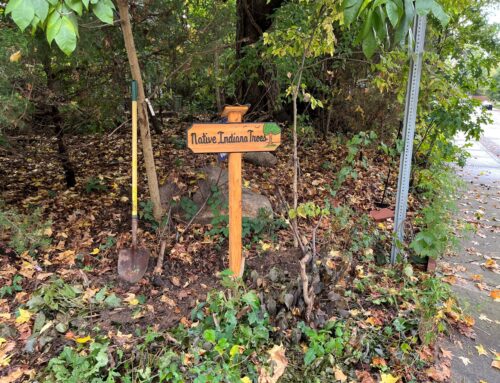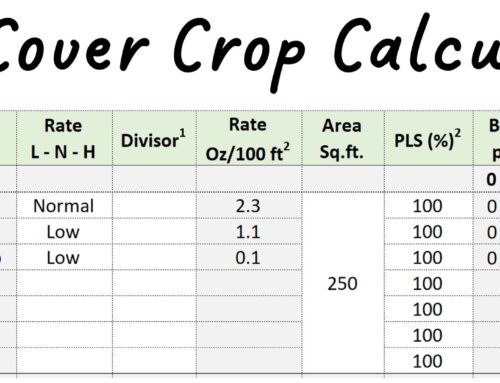Sometimes, a plot in a community garden goes unattended throughout the year. No matter the reason, the result is often the same. Weeds grow rampant and scatter their seeds everywhere.
Here are few thoughts on how a community garden manager can make better use of this plot.
1) Communicate with other gardeners to see if they would like to grow there.
2) If availability of labor is a concern, consider planting the entire plot to a crop that it is cost-effective and easy to manage. Growing a 25’ x 25’ space of green beans (bush variety) is lot less time and energy intensive than a 25’ x 25’ space of carrots or tomatoes, especially in terms of weeding, pruning, and watering.
Sometimes we forget how much labor is involved in harvesting, so make sure there is a gardener willing to keep on top of harvesting. Or get in touch with the Society of St. Andrew, an organization that might be able to harvest your excess crops to deliver to food banks. Contact them ahead of time and see if they’d be willing to help harvest crops from these garden plots that would otherwise go unused. https://endhunger.org/donate-crops/
3) Plant a cover crop! Cover crops are plants that make the soil better. Different cover crops do different things to the soil, but overall, they are great for breaking up compaction, smothering weeds, cycling nutrients, and most importantly, feeding soil life. Having quality roots in the soil will do wonders for future gardeners.
Here are some summer cover crop options and how many ounces of seed we recommend spreading over 100 square feet.
Option 1: Buckwheat (2 ounces)
Option 2: A mix of Sorghum Sudangrass (1 ounce) and Sunn Hemp (2 ounces)
Both of these mixes can be mowed throughout the remainder of the season. Mow the buckwheat before it makes seeds. I personally like the sorghum sudangrass/sunn hemp mix. I let the sorghum sudangrass get four to five feet high and then chop it down with a sickle or sheers. It then regrows and eventually dies in the wintertime.
If a cover crop is to be planted in August or later, fall species like oats and crimson clover would do the trick. If you’d like to explore these more, reach out to us through the contact page!
Videos on sorghum sundangrass:
https://www.youtube.com/watch?v=hJYI535xFvA
https://www.youtube.com/watch?v=AI20P8k1gpw&t=83s
4) It might be easy to throw a tarp over the area for the year and call it good. However, an entire season under plastic will likely decrease organic matter in the soil, and organic matter is a big deal in the gardening world. I tend to thing that keeping ‘weeds’ mowed throughout the season before they go to seed might be a better option for the soil. Again, there is nothing like roots to improve soil.


